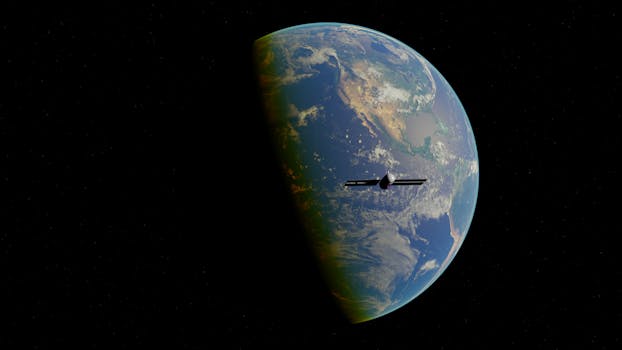
Orbiting Innovations: Exploring the Latest in Earth-Observing Technology
Orbiting Innovations: Exploring the Latest in Earth-Observing Technology has revolutionized the way we understand our planet. With the help of advanced satellite technology, we can now monitor the Earth’s surface with unprecedented precision, tracking everything from climate change to natural disasters. In this article, we’ll delve into the latest developments in Earth-observing technology and explore the exciting innovations that are transforming our understanding of the planet.
Introduction to Earth-Observing Technology
Earth-observing technology refers to the use of satellites and other space-based systems to collect data about the Earth’s surface and atmosphere. This technology has been around for decades, but recent advances in satellite design, sensor technology, and data analysis have significantly improved its capabilities. Today, Earth-observing satellites can provide high-resolution images of the planet, as well as detailed information about weather patterns, ocean currents, and land use.
Advances in Satellite Technology
One of the key drivers of innovation in Earth-observing technology is the development of new satellite technologies. For example, the launch of the European Space Agency’s Sentinel-2 satellite in 2015 marked a significant milestone in the field, providing high-resolution images of the Earth’s surface with unprecedented frequency and accuracy. Similarly, the NASA’s Landsat 8 satellite has been providing valuable data on the Earth’s surface since its launch in 2013, with applications ranging from land use mapping to climate change research.
Applications of Earth-Observing Technology
The applications of Earth-observing technology are diverse and widespread. In the field of climate change research, satellite data is used to track changes in sea level, ice sheet extent, and glacier movement. In agriculture, satellite imagery is used to monitor crop health, predict yields, and optimize irrigation systems. In disaster response, satellite data is used to assess damage, identify areas of need, and coordinate relief efforts.
Conclusion
In conclusion, Orbiting Innovations: Exploring the Latest in Earth-Observing Technology is a rapidly evolving field that is transforming our understanding of the planet. With the help of advanced satellite technology, we can now monitor the Earth’s surface with unprecedented precision, tracking everything from climate change to natural disasters. As this technology continues to advance, we can expect to see even more exciting innovations in the years to come, from improved weather forecasting to enhanced disaster response capabilities.

